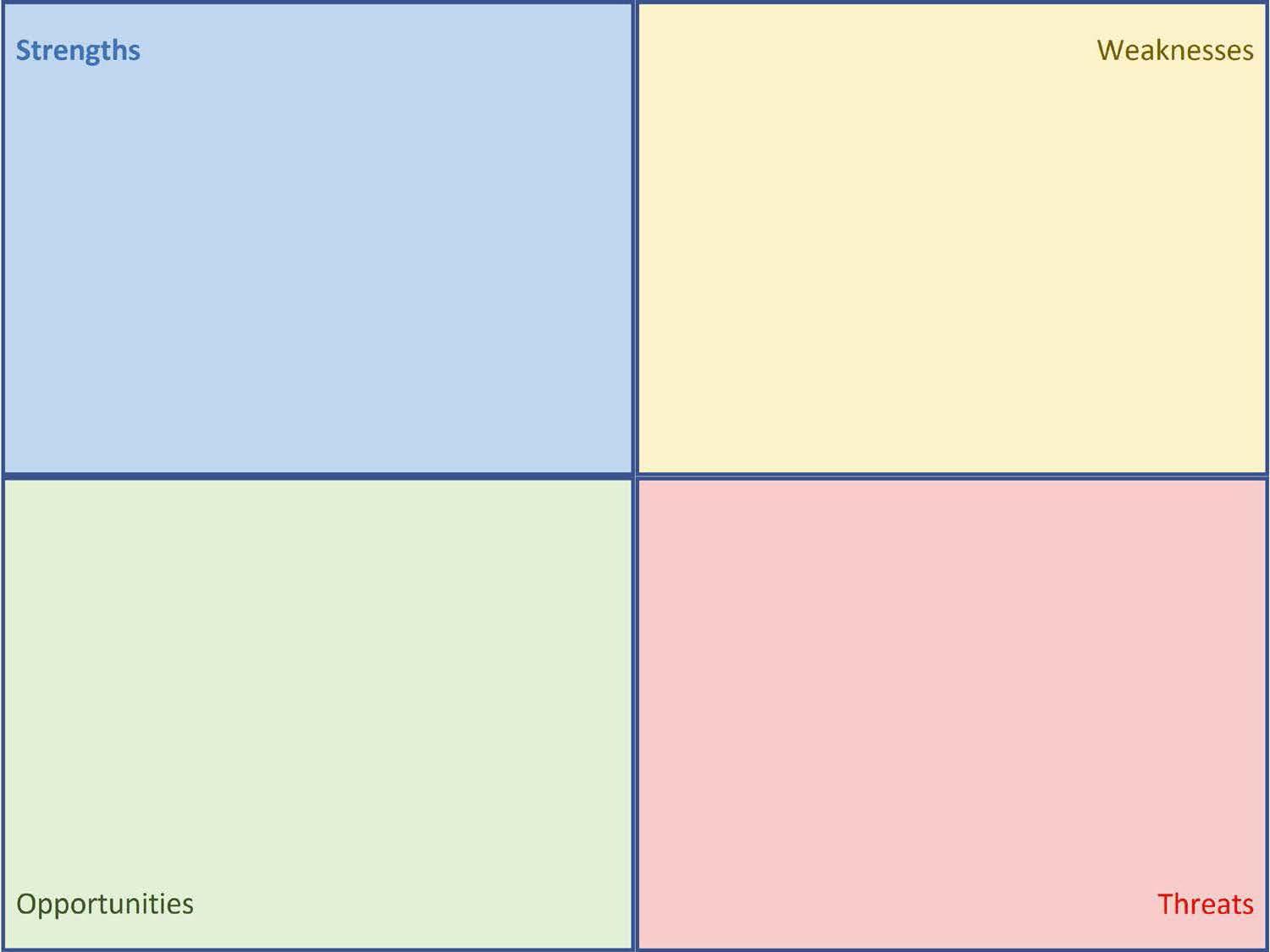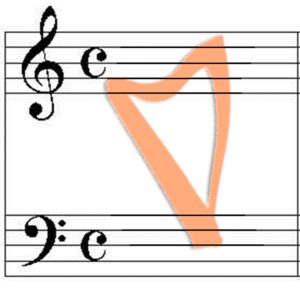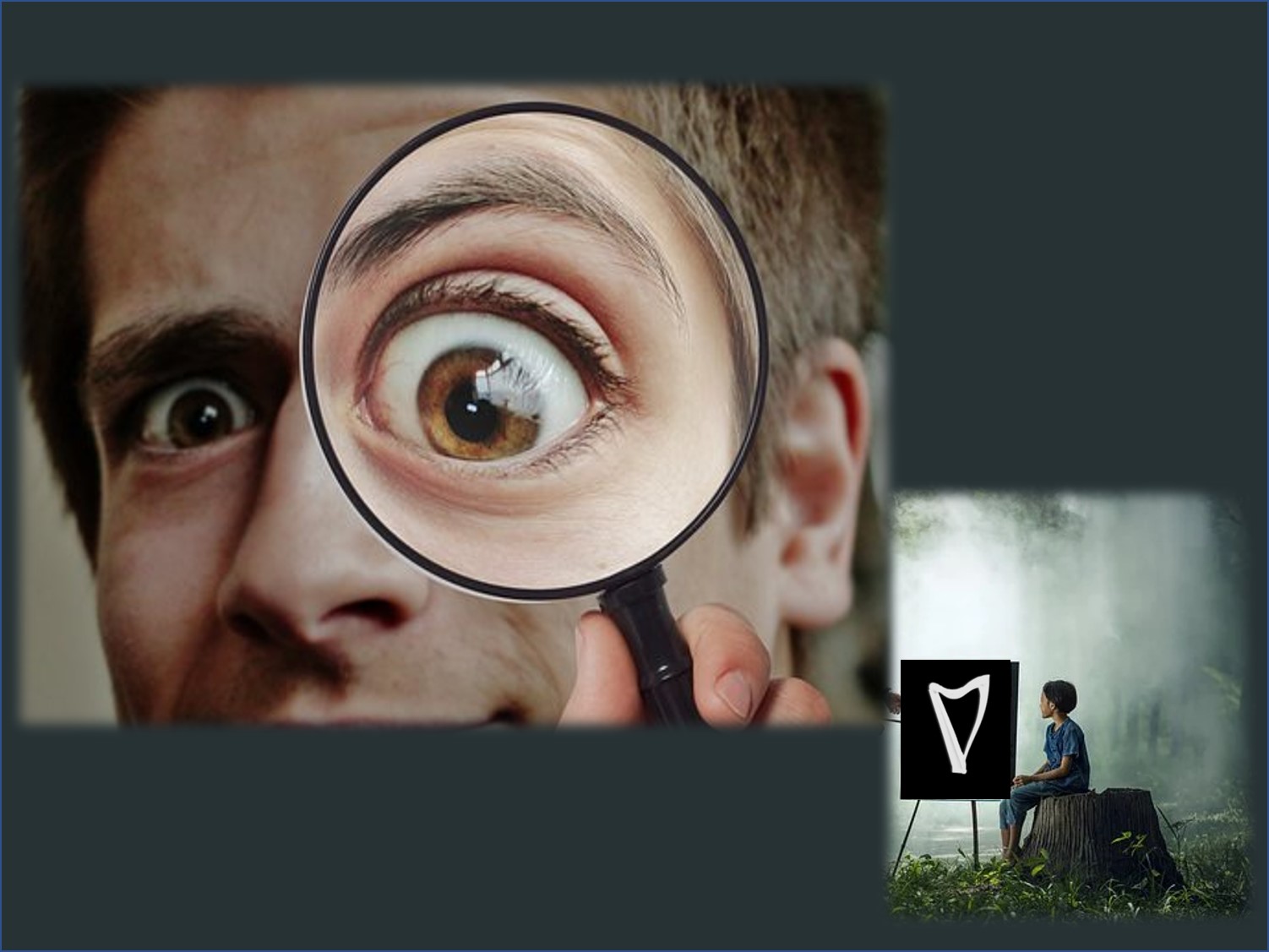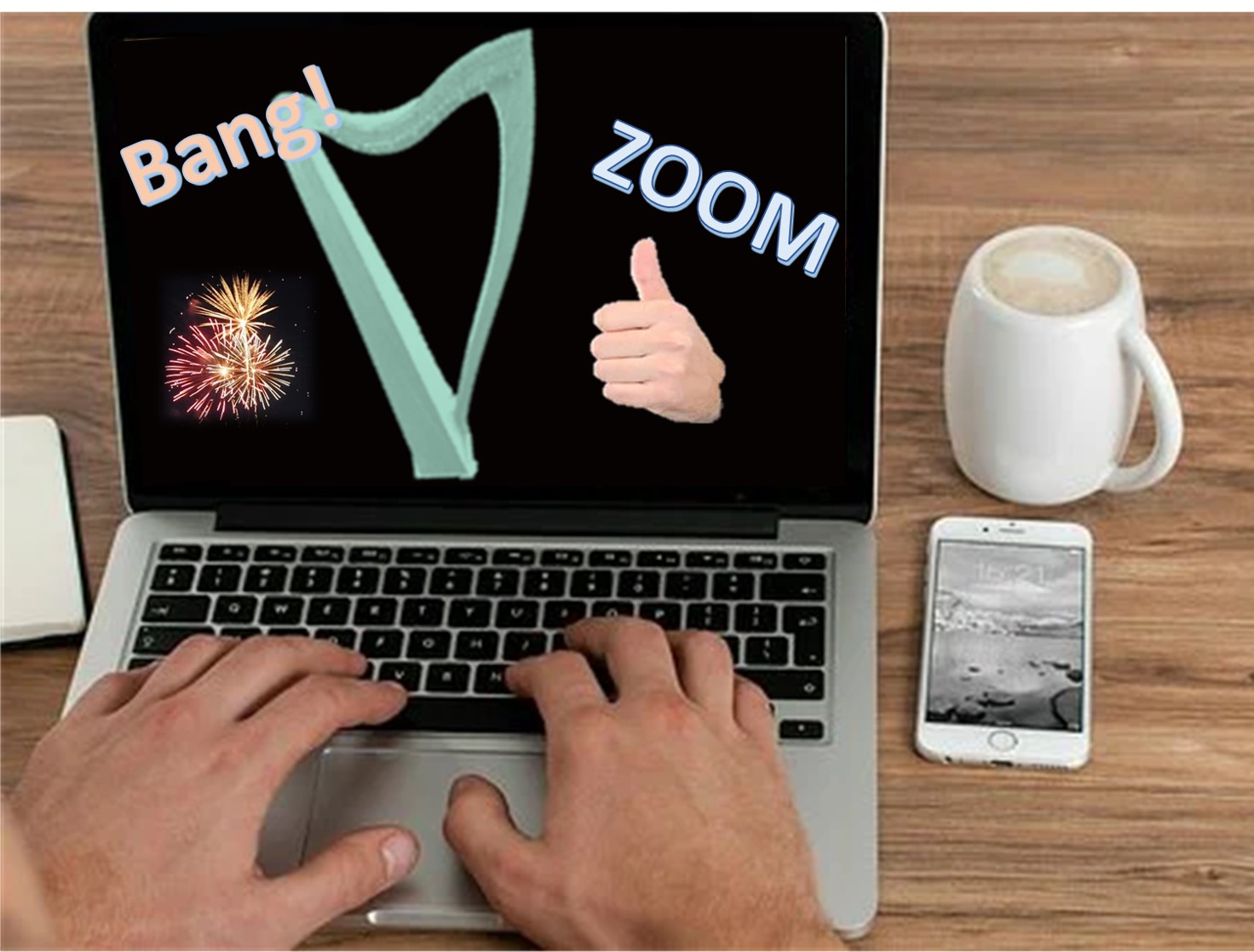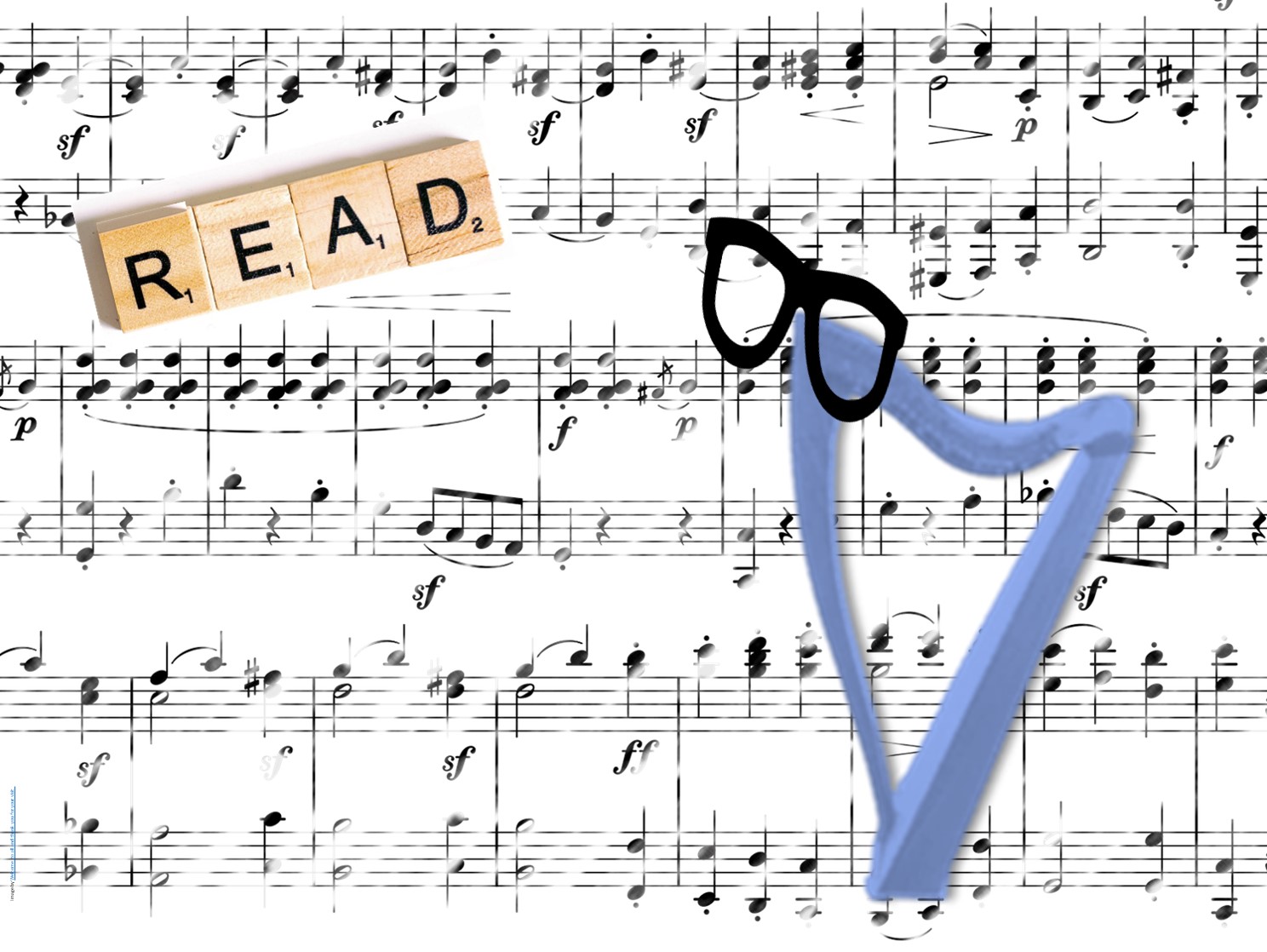Another crazy title – SWOT’s it all about?
I have an unending search for ways to get better at…everything! And because I have a diverse background and work experience as a researcher, scientist, artist, entrepreneur, and person, I thrive on crossing boundaries between disciplines and practices, particularly applying tools from one disciple to problems from another which is a hoot. At the least I learn something and at best there’s a huge breakthrough! One of those stalwart business tools is the SWOT analysis – and it’s a nice fit for our harp playing.
What’s a SWOT? It breaks into: Strengths, Weaknesses, Opportunities, Threats. Clearly this is applicable to business, but to playing the harp? Yup!
Think about it – taking a moment to complete a SWOT on your music could certainly help highlight where you should spend your time*. Here’s how:
Strengths – What are your strong points? Tunes you know (really well). Techniques, at which you excel. Sets you have put together. And more. These are likely your go-to tunes that you always perform, the ornaments you always use, your “signature” approach. These are solid and need to be maintained, but certainly don’t need the bulk of your attention.
Weaknesses – What aren’t you good at? These are tunes (or tune types) you’re not so comfortable with, techniques you don’t know or don’t do well and avoid. It’s not tunes you haven’t learned yet – just the ones that clearly aren’t ready for prime time (else they’d be in the Strengths pile). These are things you need to work on (whether you know it or not). These things require time and attention to get up to snuff and to be moved to the Strengths.
Opportunities – These are things you could nurture and take on to grow. It can be tunes to learn, chances to perform, participating in workshops, lessons, or master classes, or sharing tunes with other harpers. These are all chances to grown and develop and to move (eventually) to the Strengths column.
And last is:
Threats – which might be the biggest head scratcher, but it’s also the biggest opening. The word “threat” can be a little off putting so it might be better to think of it as things you might not think about or that you would love to skip (and maybe you do!). It could also include not having learning opportunities (e.g., beginners without a teacher or not being able to get to workshops because you live far from other harpers). So, they’re not “threats” as much as “thrusts” – places or things you can pursue to make progress including things to focus on or even gigs to seek.
A SWOT isn’t hard to do – it just takes a little time, some thought, a bit of self-reflection, and maybe some feedback if you have it (and a cuppa might help). Set aside a half-hour to spend on it. I’ve included a handy tool to help you do the analysis (click on the graphic (or here) to download). The first time you do it, it might feel like a lot of work, but I promise it gets easier each iteration – and it certainly can help sharpen your focus.
Give it a try and let me know what you find!
* And if you’re a professional, of course a SWOT can be helpful for business too!
